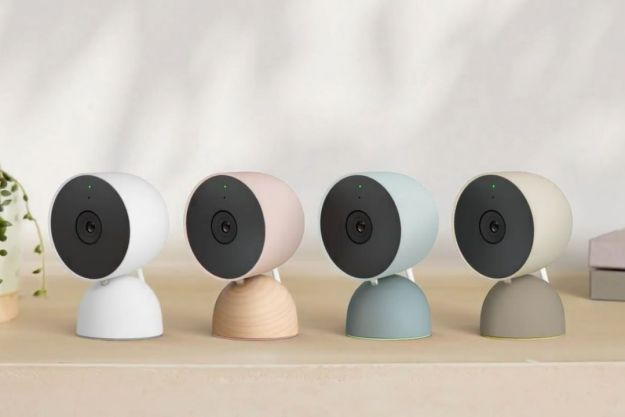
New research published by researchers at the University of Michigan and Microsoft sheds new light on the vulnerabilities presented by a smart home platform, offering an alarming look at how seemingly helpful devices could open up a backdoor for malicious hackers and criminals looking to turn everyday objects into outlets for hijacking. Specifically examining Samsung SmartThings, the research team drew two major conclusions. First, that while “SmartThings implements a privilege separation model … SmartApps can be overprivileged,” which is to say that these apps can “gain access to more operations on devices than their functionality requires.”
Second, the team says, “the SmartThings event subsystem, which devices use to communicate asynchronously with SmartApps via events, does not sufficiently protect events that carry sensitive information such as lock pincodes.” The implications behind these two findings could lead to a number of different attacks, including secretly planting door lock codes, stealing existing door lock codes, or inducing a fake fire alarm. Taken together or separately, each of these attacks could lead to major consequences for smart home owners.
While the team admits that many of the vulnerabilities they found would take quite a bit of expertise to exploit, the opportunity remains relevant for experienced hackers. And given how much trust we’ve placed in some of these smart home systems, allowing them to lock and unlock our doors, turn off key appliances, and more, caution is key. “If these apps are controlling nonessential things like window shades, I’d be fine with that. But users need to consider whether they’re giving up control of safety-critical devices,” says Earlence Fernandes of the University of Michigan.
Ultimately, experts say, “These software platforms are relatively new. Using them as a hobby is one thing, but they’re not there yet in terms of sensitive tasks. As a homeowner thinking of deploying them, you should consider the worst-case scenario, where a remote hacker has the same capabilities you do, and see if those risks are acceptable.”
Editors' Recommendations
- Ecovacs Deebot X2 Combo vs. Dreame X40 Ultra: Which robot vacuum is best for your smart home?
- Should you buy a new smart lock or retrofit your existing deadbolt?
- Ring Pan-Tilt Indoor Cam vs. Ring Stick Up Cam Pro: Which is better for your home?
- SimpliSafe is now using AI to prevent burglars from entering your home
- Yale’s newest smart lock is designed for renters


